Canned tuna might seem like a smart, convenient choice—but some brands are far from healthy. Behind the sleek labels and “high protein” claims, certain cans are packed with excessive sodium, unhealthy oils, and hidden additives that can derail your wellness goals. Whether you’re making tuna salad or stocking up for easy meals, what’s inside the can matters more than you think. To help you shop smarter, we’ve broken down the worst offenders and highlighted a few standout picks you can feel good about. Here are 7 canned tunas to avoid—and 3 that are actually worth buying.
1. StarKist Chunk Light Tuna in Oil – The Fat Trap
Hidden beneath that familiar red label lurks a nutritional nightmare. The vegetable oil that preserves this tuna significantly boosts its fat content to a whopping 9 grams per serving, turning what should be a lean protein into a calorie bomb.
At 160 calories and 360mg of sodium per serving, you’re getting more than just fish. The oil not only adds unnecessary fat but also masks the natural flavor of tuna with a greasy coating.
Regular consumption could contribute to weight gain and increased blood pressure over time. For a pantry staple that’s supposed to be healthy, this oil-packed version misses the mark on almost every nutritional front.
2. Bumble Bee Prime Solid White Albacore in Olive Oil – Calorie Overload
Don’t let the fancy “prime” label fool you! Though marketed as premium, this albacore variety delivers a shocking 14 grams of fat and 250 calories per serving – numbers more appropriate for a dessert than a protein source.
The olive oil might sound heart-healthy, but the sheer quantity overwhelms any potential benefits. With 320mg of sodium packed in, your blood pressure won’t thank you either.
The rich, oily texture might taste luxurious, but your waistline will pay the price. When a single can contains nearly as many calories as a small meal, it’s time to question whether this tuna deserves space in your pantry.
3. Trader Joe’s Albacore Tuna in Olive Oil – Fat Content Champion
Trader Joe’s usually wins points for quality, but their oil-packed tuna takes the dubious crown for highest fat content – an astonishing 16 grams per can! This transforms a lean protein source into something closer to a fatty indulgence.
The 210 calories and 320mg sodium further compromise its nutritional profile. While the tuna itself may be high-quality, swimming in all that oil negates many health benefits you’d expect from seafood.
Heart-conscious consumers should think twice before reaching for this option. The Mediterranean-style packaging might evoke healthy eating, but the nutrition facts tell a different, more concerning story about its impact on cardiovascular health.
4. Chicken of the Sea Chunk Light Tuna – Metallic Disappointment
The mermaid on the label might be smiling, but your taste buds won’t be after trying this notoriously dry, metallic-tasting tuna. Many consumers report an unpleasant tinny flavor that overwhelms the actual fish taste.
Scrutinize the ingredient list and you’ll find vegetable broth containing soy – a potential allergen – along with several preservatives. The texture often ranges from mushy to stringy, lacking the firm, meaty consistency quality tuna should have.
While the nutrition stats aren’t the worst on our list, the poor taste experience and questionable additives make this a skip-worthy option. When tuna reminds you more of the can it came in than actual seafood, something’s clearly wrong.
5. Bumble Bee Solid White Albacore in Vegetable Oil – Sustainability Red Flag
Beyond the nutritional concerns – 190 calories, 11g fat, and 320mg sodium per serving – this tuna raises serious ethical questions. Bumble Bee has faced criticism for questionable fishing practices that threaten ocean ecosystems.
The vegetable oil adds unnecessary saturated fat while diluting the natural flavor of albacore. What should taste like premium white tuna often comes across as bland and oily, hardly worth the premium price tag.
Environmental watchdogs have flagged this brand for sustainability concerns. When choosing seafood, both your health and ocean health matter – this option compromises both with its nutritional profile and environmental impact.
6. Market Pantry Chunk Light Tuna in Water – Mysterious Origins
Target’s house brand might save you a few cents, but at what cost? The suspiciously low price reflects a concerning lack of transparency about where and how this tuna is sourced.
While the nutrition basics seem reasonable on the surface, the company provides minimal information about fishing methods or sustainability commitments. The taste often falls flat – watery and lacking the rich flavor profile of quality tuna.
Consumer reports frequently mention inconsistent quality between cans. When it comes to seafood, knowing its origins isn’t just about ethics – it’s about ensuring you’re not consuming fish from polluted waters or irresponsibly harvested stocks. This bargain option leaves too many important questions unanswered.
7. Walmart Great Value Tuna – Sustainability Nightmare
Rock-bottom prices should raise immediate red flags. Walmart’s Great Value tuna cuts corners in ways that impact both your health and ocean ecosystems.
The high sodium content contributes to bloating and potential blood pressure issues. More concerning is the brand’s lack of commitment to sustainable fishing practices – a critical issue as tuna stocks face global depletion.
The company provides minimal information about where their tuna comes from or how it’s caught. Bycatch (accidentally catching other marine life like dolphins or sea turtles) remains a serious problem in poorly regulated tuna fishing. When the true cost includes damage to marine ecosystems, this “great value” quickly loses its appeal.
8. Safe Catch Elite Pure Wild Tuna – Mercury-Free Marvel
Finally, a tuna that prioritizes your health! Every single fish is tested for mercury levels, ensuring you’re getting the safest seafood possible. This rigorous testing exceeds FDA standards by a remarkable margin.
The ingredient list couldn’t be cleaner: just wild tuna and a touch of salt. No oils, no fillers, no mysterious additives. With 130 calories, 29g of protein, and just 1g of fat per serving, it delivers impressive nutrition without compromise.
The texture remains moist without added liquids – a testament to their careful cooking process. While it costs more than conventional brands, the peace of mind and superior quality make Safe Catch worth every penny for health-conscious consumers.
9. Wild Planet Albacore Wild Tuna – Sustainable Superstar
Pole-and-line caught tuna isn’t just better for the oceans – it’s better for your plate! This traditional fishing method ensures higher quality fish and virtually eliminates the bycatch problem that plagues industrial tuna fishing.
The nutritional profile impresses with 120 calories, 26g of protein and just 1g of fat per serving. Wild Planet’s commitment to sustainability extends to their entire supply chain, earning them top marks from ocean conservation groups.
The taste difference is immediately noticeable – cleaner, fresher, and more like actual fish rather than a processed product. Their minimal processing approach preserves the tuna’s natural oils and omega-3s, making this a smarter choice for both planetary and personal health.
10. Blue Harbor Wild Albacore Tuna in Water – Heart-Healthy Hero
For sodium-conscious consumers, this no-salt-added option is a game-changer. With just 100mg of naturally occurring sodium, it contains roughly 70% less than most competitors – without sacrificing flavor.
The impressive 32g of protein per serving supports muscle maintenance and satiety. Blue Harbor’s commitment to sustainability isn’t just marketing – their fishing practices are certified by leading marine conservation organizations.
The clean, straightforward taste lets the quality of the albacore shine through. At 150 calories per serving, it provides substantial nutrition without unnecessary additives. Perfect for heart-healthy diets, this tuna proves that “no salt added” doesn’t have to mean “no flavor” – just pure, responsibly-caught seafood.
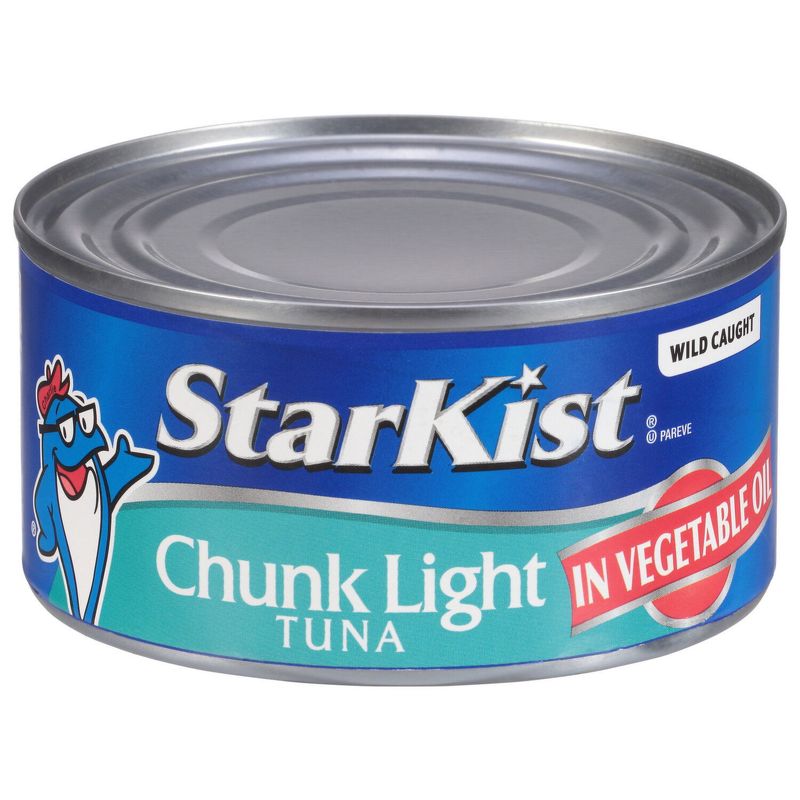
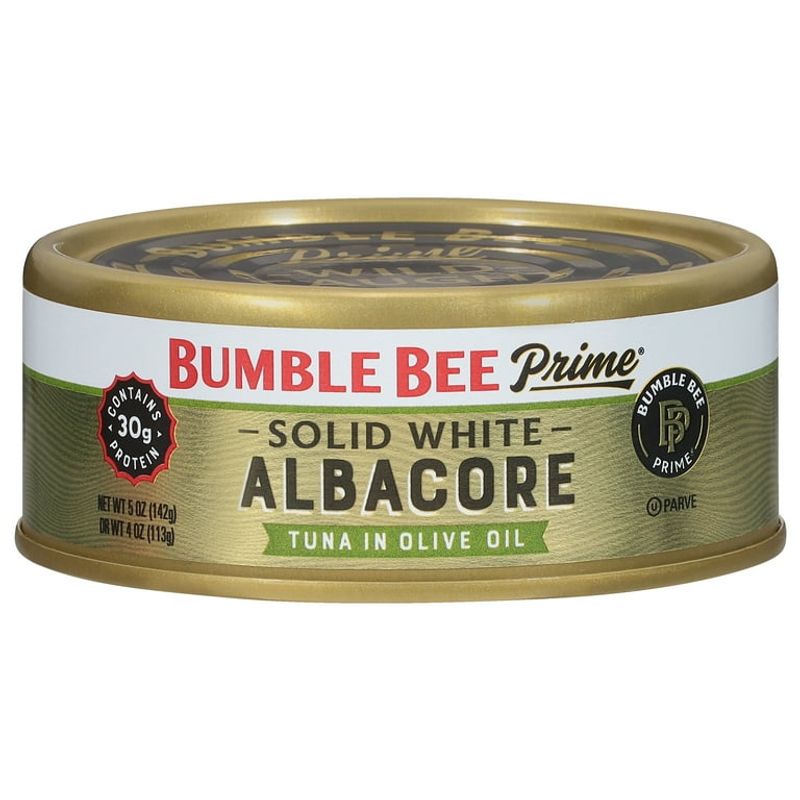
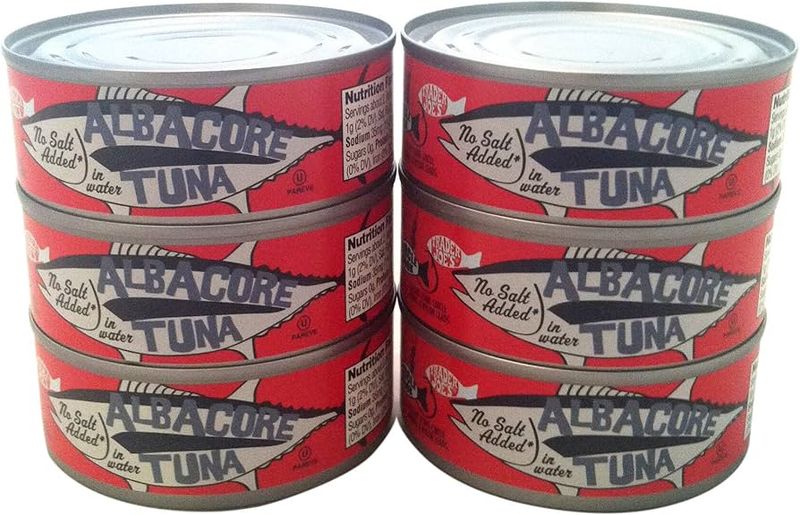
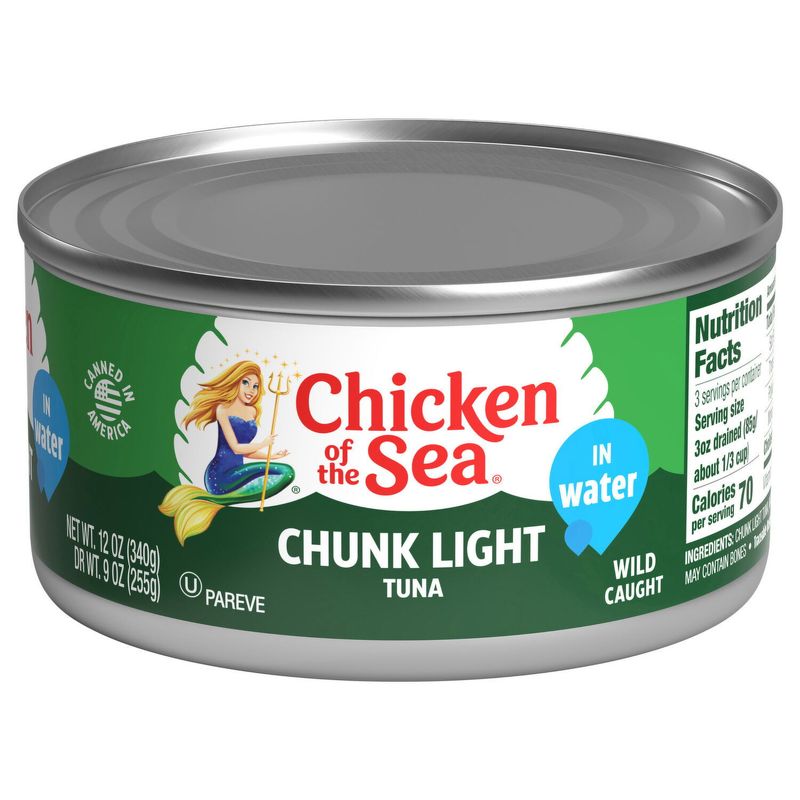
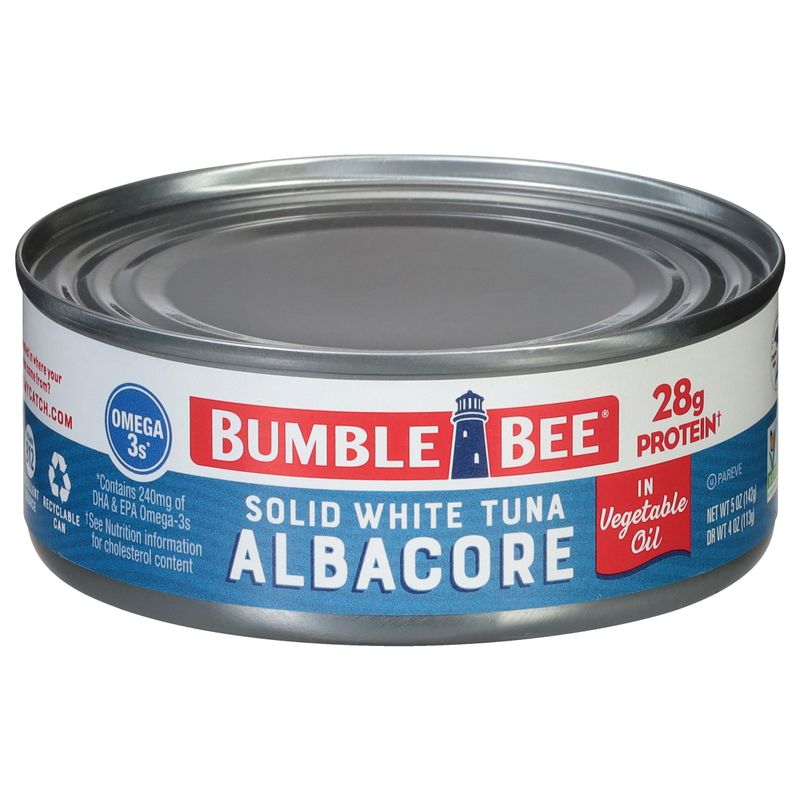
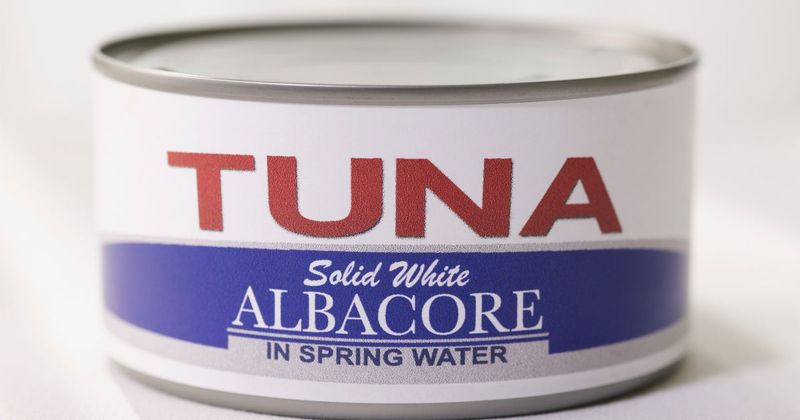
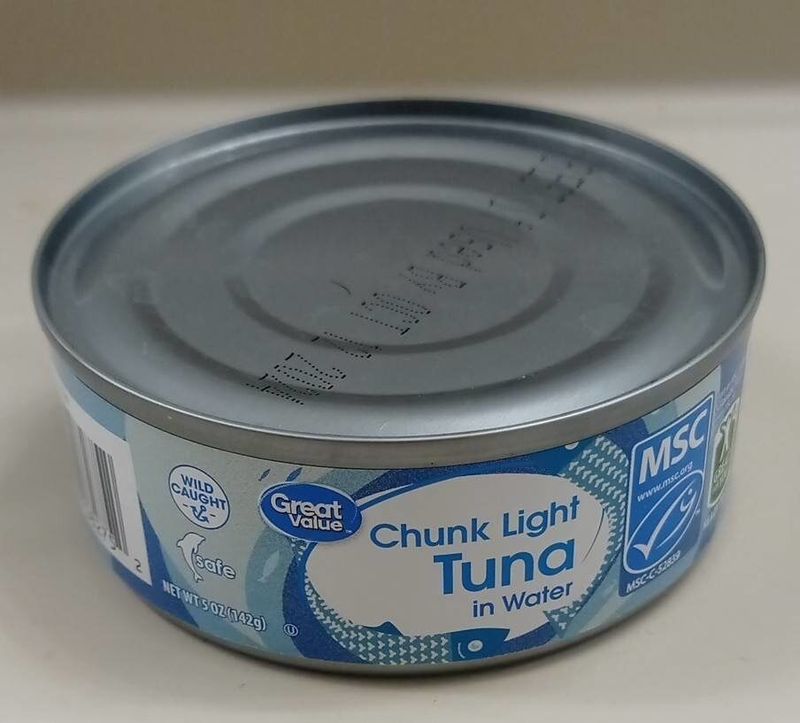
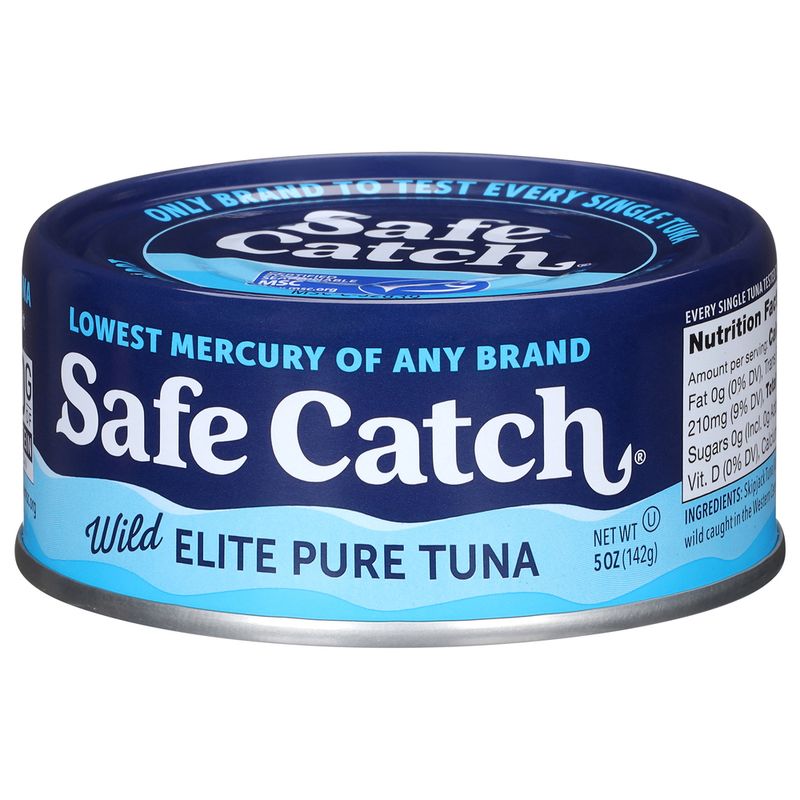
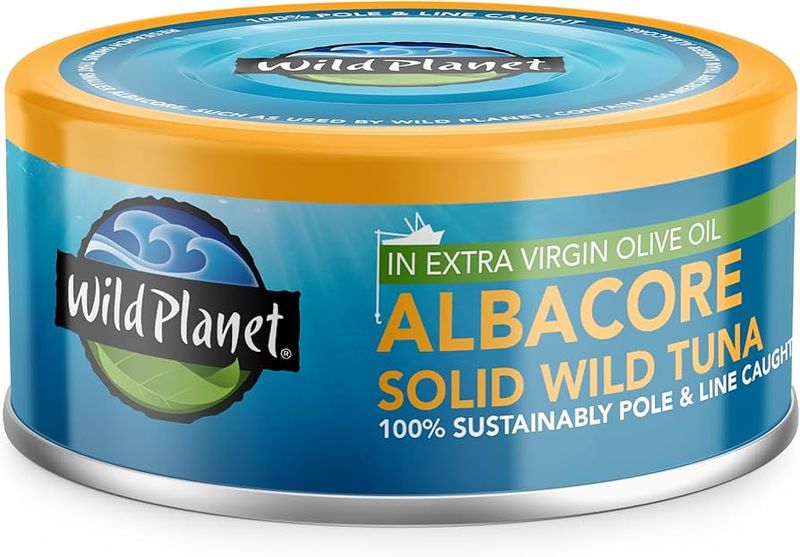
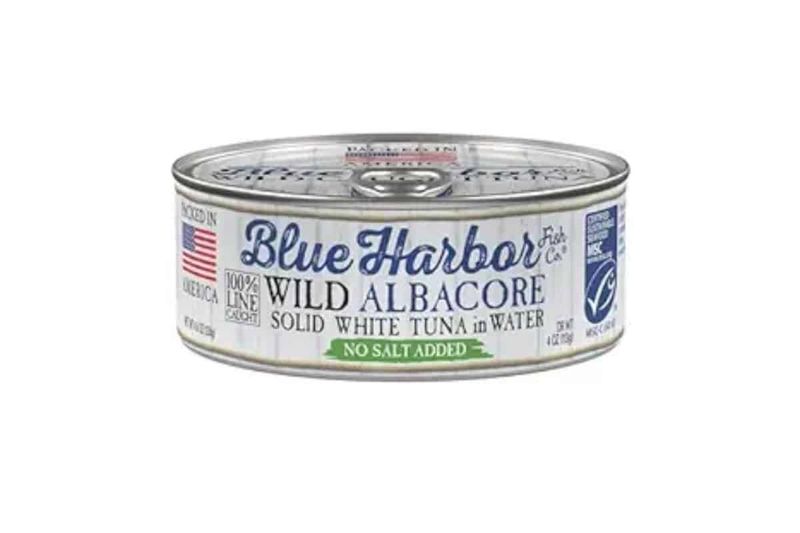
Leave a comment